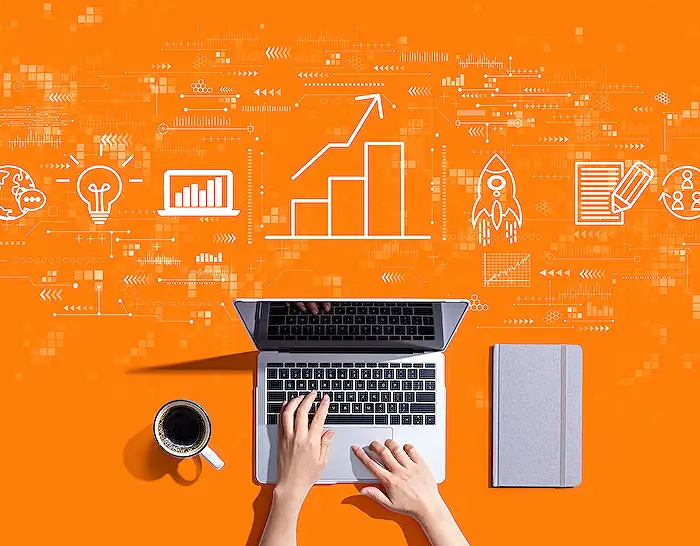
All about AI
Mar 28, 2025 9:11 AM
OpenAI Just BROKE THE INTERNET with a New Image Model...
by HubSite 365 about Matthew Berman
Artificial Intelligence (AI), Open Source, Generative Art, AI Art, Futurism, ChatGPT, Large Language Models (LLM), Machine Learning, Technology, Coding, Tutorials, AI News, and more
OpenAIs new image model, AI evolution, innovation themes, Microsoft products: Azure AI, Power BI, Visual Studio.
Key insights
- OpenAI's New Image Model: OpenAI has introduced a groundbreaking image generation technology integrated into ChatGPT and Sora, powered by the GPT-4o model. This omnimodal model can generate text, images, audio, and video, marking a significant advancement in AI capabilities.
- Photo-realism and Character Consistency: The technology produces highly realistic images across various subjects and maintains character consistency across multiple images. This is particularly beneficial for industries like real estate, film production, animation, and brand identity development.
- Advanced Restyling Capabilities: Users can easily transform existing images into different artistic styles or themes. This feature is especially useful for graphic designers and artists exploring various aesthetic directions.
- Transparent Layers and Text Rendering: The system generates images with transparent layers for seamless integration into designs. It also accurately renders text within images, making it ideal for creating infographics and advertisements.
- Omnimodal Capabilities: GPT-4o's ability to handle multiple data types (text, images, etc.) in a single platform makes it uniquely powerful. Native image generation within ChatGPT enhances usability and workflow efficiency.
- Censorship Shift and Metadata Use: The model allows broader creative expression with less censorship but embeds C2PA metadata to mark generated images as OpenAI creations. This is crucial for intellectual property management in AI-generated content.
OpenAI's Breakthrough Image Model: Revolutionizing Content Creation
In recent weeks, OpenAI has made a significant splash in the tech world with the unveiling of its groundbreaking new image generation technology, integrated into ChatGPT and Sora. This development marks a substantial leap forward in AI capabilities, particularly in the realm of multimodal data generation. Let's dive into what this technology is, its advantages, the basic principles behind it, and what makes this approach so revolutionary.What is this Technology About?
The new technology, powered by OpenAI's GPT-4o model, represents a major upgrade in AI-powered image generation. It allows users to create, edit, and manipulate highly detailed, photo-realistic images directly within the ChatGPT interface. Unlike previous models such as DALL-E, which focused solely on image generation, GPT-4o is an "omnimodal" model, capable of generating text, images, audio, and video. This makes it a versatile tool for various creative and professional applications.Advantages of Using This Technology
The advantages of this technology are numerous and significant:- Photo-realism: The model produces incredibly realistic images across various subjects, from landscapes and architecture to human portraits. This is particularly valuable for industries requiring lifelike visualizations, such as real estate and film production.
- Character Consistency: The technology excels at maintaining character consistency across multiple images, which is crucial for animation, comic book creation, and brand identity development. Characters retain their distinctive features across different scenes or poses, streamlining the creative process for sequential art and storytelling.
- Advanced Restyling Capabilities: Users can transform existing images into different artistic styles or visual themes quickly. This feature is invaluable for graphic designers and artists exploring various aesthetic directions.
- Transparent Layers and Text Rendering: The system can generate images with transparent layers, facilitating seamless integration into existing designs or layered compositions. It also accurately generates images with legible and visually integrated text, making it ideal for infographics and advertisements that combine imagery with written information.
The Basics of the Technology
OpenAI's GPT-4o model is a large language model that has been trained on vast amounts of text data but has now been expanded to handle image generation as well. It is part of a broader trend in the AI industry towards omnimodal models that can process and generate multiple types of data, including text, images, audio, and video. This model has begun to roll out across various tiers of ChatGPT, including free and paid versions.What is New About This Approach?
The new approach is revolutionary for several reasons:- Omnimodal Capabilities: Unlike traditional diffusion models that are limited to specific modalities, GPT-4o's ability to generate multiple types of data (text, images, etc.) in a single platform makes it uniquely powerful and flexible.
- Native Image Generation: The technology provides native image generation within the ChatGPT interface, allowing users to create and edit images without needing external tools. This integration enhances the model's usability and workflow efficiency.
- Censorship Shift: The model is noted for being less censored compared to previous OpenAI tools, allowing for a wider range of creative expression. However, this flexibility also means users must be mindful of content creation ethics and legal considerations.
- Metadata and Ownership: While GPT-4o does not visually watermark its images like DALL-E did, it embeds standard C2PA metadata to mark generated images as created by OpenAI. This becomes important for IP management and respecting creators' rights in AI-generated content.

Keywords
OpenAI new image model internet breakthrough AI technology innovation viral news artificial intelligence 2025
HubSite 365 Apps